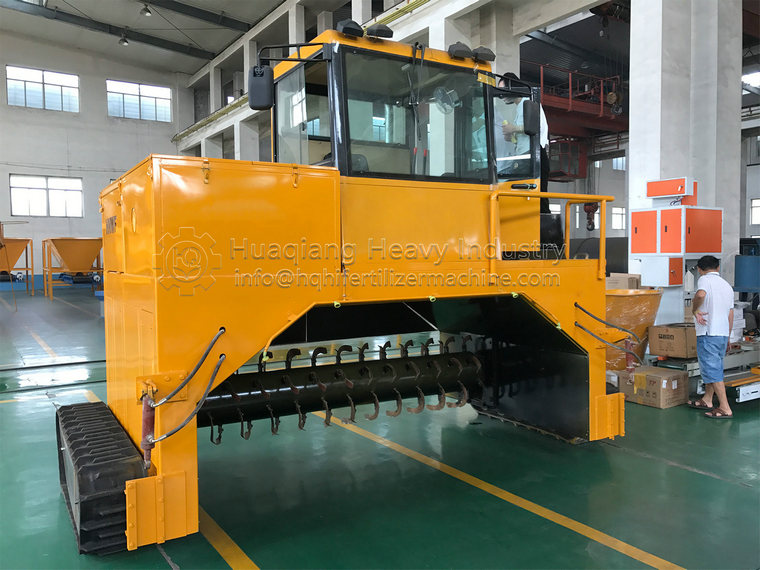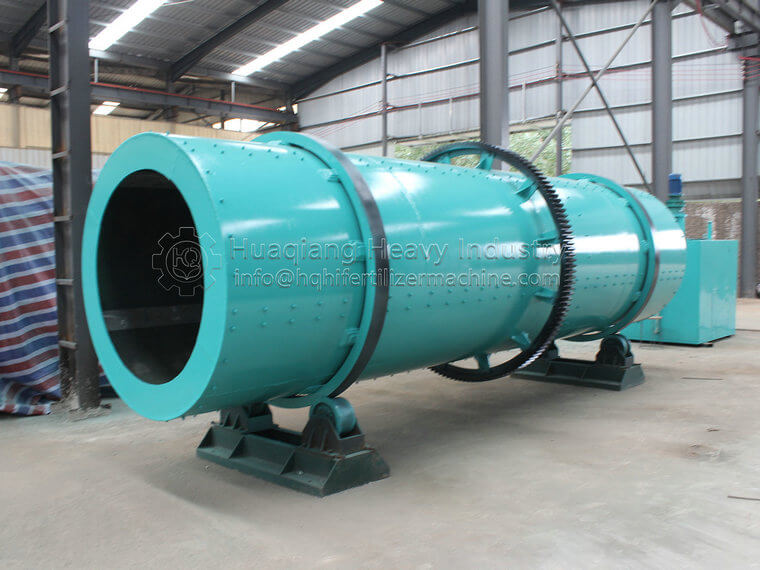Price of Different Fertilizer Granulators in NPK Fertilizer Production Line
The output of NPK fertilizer granulator is related to its specifications and models. Each model corresponds to a different output. How much is the price of NPK fertilizer granulator? We also choose the specifications of the production line according to our own production needs, so as to determine its price. We should not blindly pursue large output, we must choose according to our own production needs, so as to avoid insufficient supply of raw materials or excess production, resulting in the shutdown of machinery, resulting in low daily output, resulting in low economic benefits, so we must choose reasonable specifications and models.
.jpg)
In many NPK fertilizer production processes, NPK fertilizer granulator is used to make granules. Huaqiang heavy industry will simply introduce a drum type NPK fertilizer granulator.
The main working mode of the drum granulator is wet granulation of agglomerates. A certain amount of water or steam is used to make the basic fertilizer fully chemically react in the cylinder after the humidity is adjusted. Under a certain liquid phase condition, with the help of the rotating movement of the cylinder , So that the squeezing force between the material particles will reunite into a ball.
The cylinder of the machine adopts a special rubber plate lining or acid-resistant stainless steel lining plate, which realizes automatic scar removal and tumor removal, eliminating the traditional scraper device. The machine has the characteristics of high ball strength, good appearance quality, corrosion resistance, wear resistance, low energy consumption, long service life, and convenient operation and maintenance.








